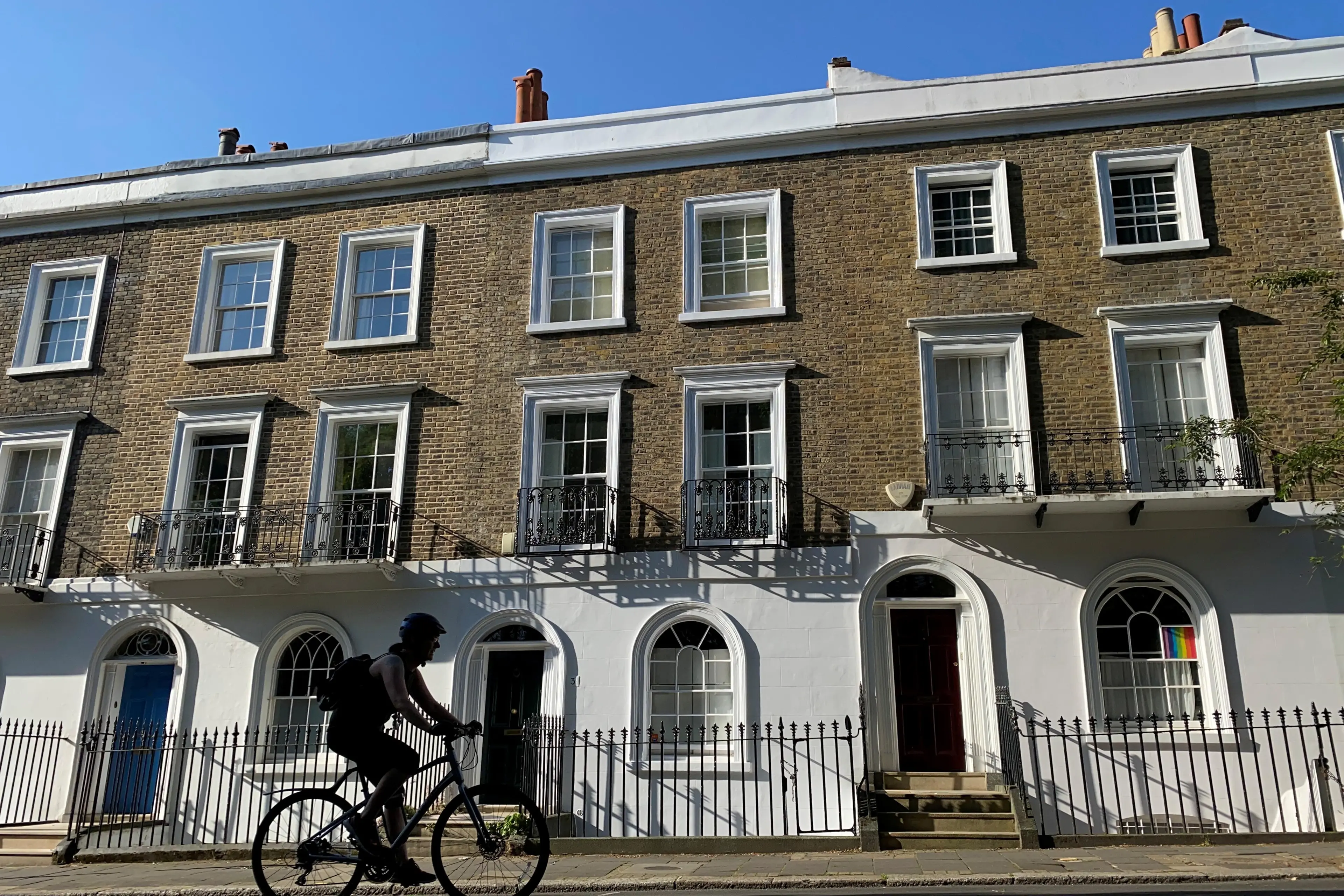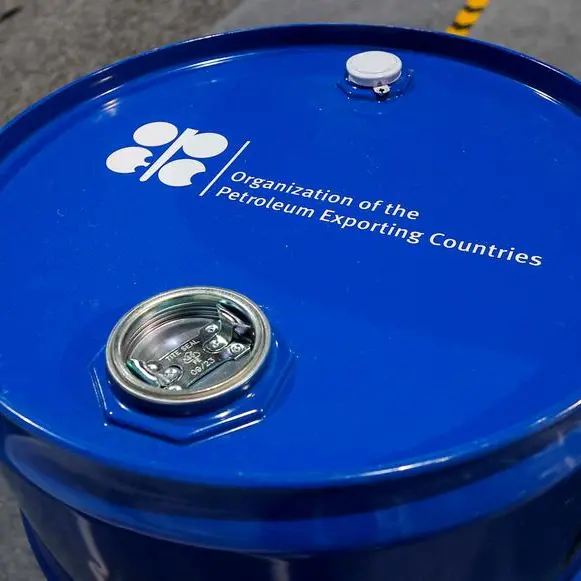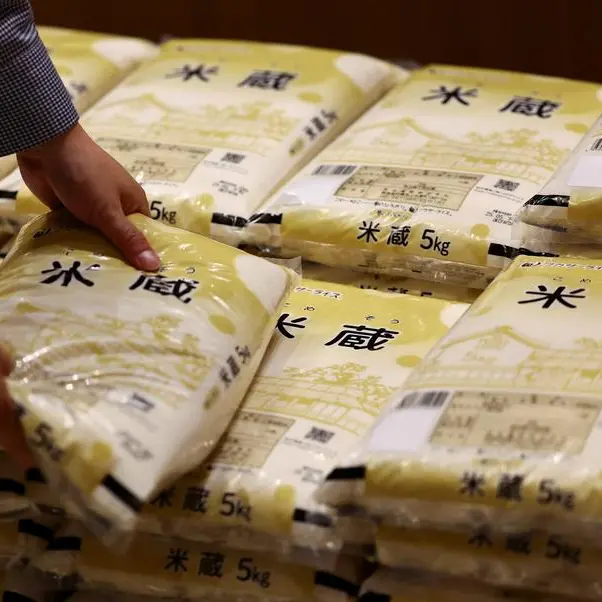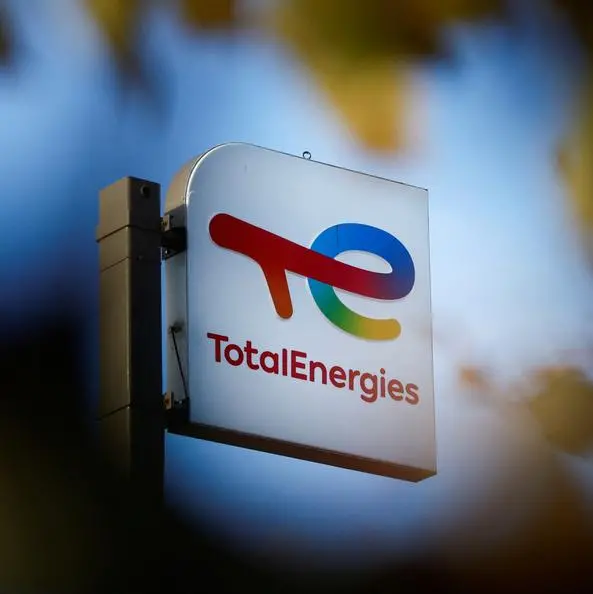PHOTO
Global real estate transaction volumes recorded a 13 per cent decline year-on-year during the first three months of the year, according to leading property expert JLL.
The Q1 deal volumes totalled $187 billion, representing a resilient but uneven stage within the broader investment recovery, stated JLL in its Global Real Estate Perspective.
The first quarter volumes were bolstered by stronger performance in more mature and liquid markets, including the US UK, France and Japan.
According to JLL, throughout the first quarter, appetite for higher-quality core and core-plus product persisted. In tandem, demand increased for opportunistic plays in competitive segments of the market.
Logistics and multifamily investments represented 63% of all opportunistic transactions in the first quarter (up from 44% in Q1 2020). For Europe, Q1 2021 posted the strongest first quarter on record for industrial and logistics investment with nearly €10 billion ($12 billion) transacted, which is more than 40% higher than the Q1 five-year average (2016-2020).
"While the overall global investment market remained resilient, its recovery is proving to be uneven across geographies and sectors," remarked Sean Coghlan, Global Director, Capital Markets Research and Strategy, JLL.
"We continue to see improving economic conditions, continued government stimulus and increasing inoculation rates as providing reasons for optimism and avenues for market improvement, but we do remain cautious given ongoing restrictions in Western Europe and large scale flare ups in India," stated Coghlan.
An accelerated focus on portfolio diversification was noticeably observed in the multifamily sector, he added.
According to him, the investment into the sector saw an increase of 66% in Europe (from Q1 2020), led by the UK, Germany and France. In Asia Pacific, Japan was the most liquid market (at $11.5 billion) by a wide margin in Q1, partially attributed to the persistent appetite for multifamily assets in Tokyo, Osaka and Nagoya.
Throughout the quarter, markets historically concentrated with office and retail investments experienced gains in investor confidence, stated Coghlan.
"During 2021, investors demonstrated increased confidence for select markets in Asia, such as Singapore and Hong Kong, where cultural norms and the structure of housing in the markets limit widespread work-from-home policies," he noted.
Cross-border capital flows remained fairly muted throughout the quarter, offset by markets with deep domestic access to capital. Global investors with ample dry powder and an established on-the-ground presence continue to play a critical role in the cross-border market, deploying $17.5 billion in the first quarter.
JLL said the additional major themes observed in Q1 are the following:
•Muted cross-border investment: Across the first quarter, intraregional investment share of global volumes slipped to 12%, as challenging border restrictions within Europe weighed on overall activity.
Conversely, interregional investment corridors are allowing activity to pick up in select markets. The UK is benefitting from renewed interest from North American and Singaporean firms, investing US$2.9 billion in Q1. In Japan, U.S. firms are increasingly targeted core office and retail product.
•Strong liquidity: Target allocations to real estate remain stable and are expected to reach 10.9% in 2021. Climbing allocations, coupled with a fundraising market that is stabilizing, will continue to provide sources of liquidity to the broader recovery.
The closed-end fundraising market demonstrated signs of stability, as year-over-year declines decelerated during Q1 (with fundraising totaling $30 billion).
•Scarce opportunities: Irrespective of mixed economic performance and real estate market uncertainty, the longer-term gap between liquidity and property offerings remains a challenge to the deployment of capital.
This dynamic is amplified at present, as underwriting continues to evolve and bid-ask spreads compress. Given this backdrop, JLL observes core pricing strengthening, and dry powder levels approaching close to record levels at $363 billion in the first quarter of 2021.
•Improvement in depth and risk appetite of lenders: In the first quarter, debt markets saw increased activity and heightened competition, as the lender pool expanded for the second consecutive quarter.
Despite inflationary pressures and increasing interest rates in the US in recent months with improving vaccination efforts and optimism in various economic indicators, the global debt markets remain in a favorable, historically low interest-rate environment. Lenders remain more aggressive on core, high-quality transactions.
•Broadening of price discovery: The convergence of buyer and seller expectations has diversified from growth sectors to stable segments of office and retail markets.
Economic reopening across Asia Pacific and swift vaccination rollouts in the US and UK are improving investor sentiment for the office sector.
Also spreads have improved in core and core-plus segments of the office market, which JLL believes is establishing the foundation for an accelerated recovery in transaction activity.
"One year into the pandemic, operators and investors have a greater understanding of cash flow stability and subsequent operational performance," remarked Coghlan.
"We see renewed economic optimism unleashing market confidence, and when coupled with the continued appetite to deploy capital into real estate, we expect volumes to improve in the upcoming quarters, he added.-TradeArabia News Service
Copyright 2021 Al Hilal Publishing and Marketing Group Provided by SyndiGate Media Inc. (Syndigate.info).
Disclaimer: The content of this article is syndicated or provided to this website from an external third party provider. We are not responsible for, and do not control, such external websites, entities, applications or media publishers. The body of the text is provided on an “as is” and “as available” basis and has not been edited in any way. Neither we nor our affiliates guarantee the accuracy of or endorse the views or opinions expressed in this article. Read our full disclaimer policy here.





















